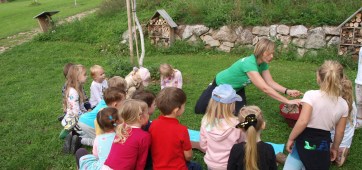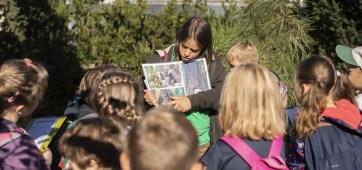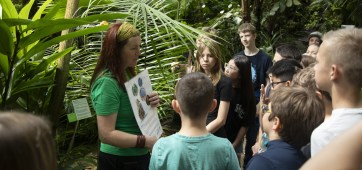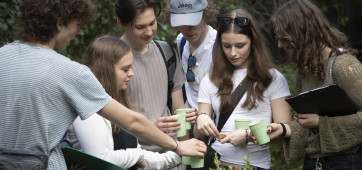e-shop
e-ticket
For Visitors
Education
About Us
History
Contact Information
Dos and Donts in the Outdoor Expositions
Work With Us
Partnership
Construction and General Development of the Garden
Public Tender
FAQ
Corporate and Public Events
Wedding Ceremonies
Filming and Photography
Sponsorship Opportunities and Partnerships
Advertising and Promotional Spaces
Rental of Parking Spaces
Press
Annual Reports
Files for Downloads



 English
English Čeština
Čeština





